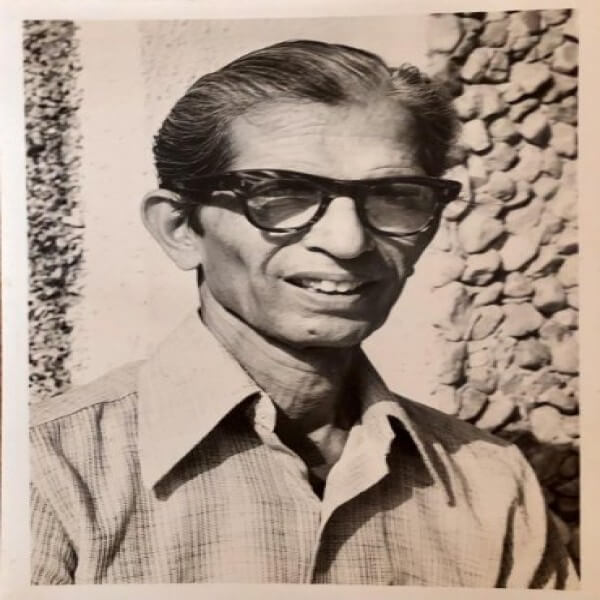K.K. Hebbar
ABOUT
Known for his India themed artworks
Painter | India
Born in 1911
Died in 1970

K.K. Hebbar Born in 15th June 1911, Kattingeri, Mysore State, India Place of Death: 1996, Mumbai, Maharashtra, India (85 years) Kattingeri Krishna Hebbar was born on 15th June 1911 at Kattingeri in the Udupi district of Karnataka to 1996 Mumbai. During his early years, known as his Kerala period (because he painted landscapes of the state extensively) The body of work he created during this period, covering more or less a decade starting from 1946, is considered extremely influential in the development of modern Indian art and occupies an important place in Indian art history. Hebbar’s artistic work is a unique combination of impressionistic and expressionistic techniques. A strong social concern made him focus on subjects like poverty, hunger. At the other end of the spectrum lie his drawings and paintings that capture the grace of dance performances, influence by his study of the classical Indian dace form, Kathak. Hebbar always held that an artist's role was to tell the truth about his feelings without any dilution. Due to his opposition to the politicization of art, he was not a part of any of the many artist groups that thrived in India during the 1940s and 50s; and yet he played an important part in the organization of artists in Bombay, and was closely associated with the Jehangir and Chemould Art Galleries in the city.